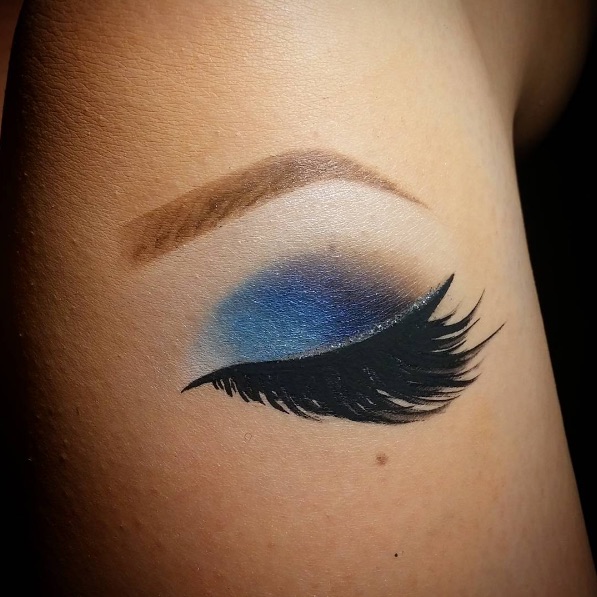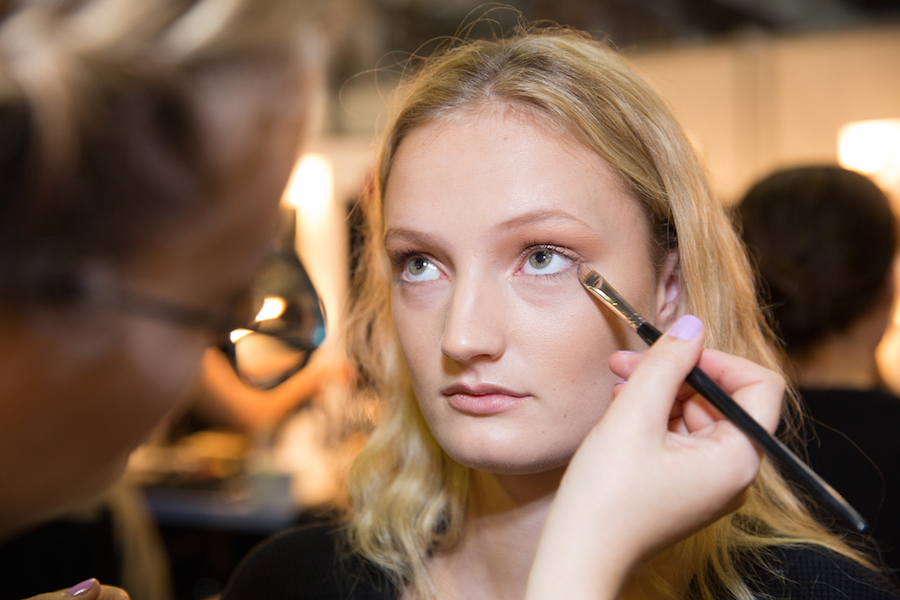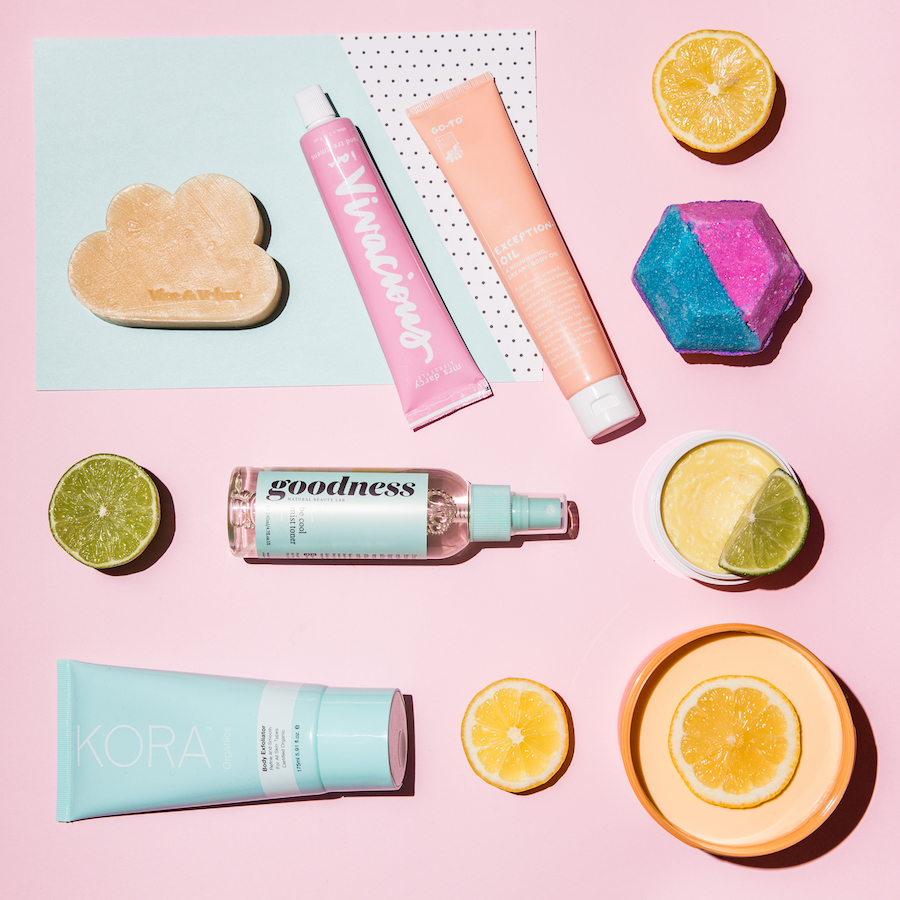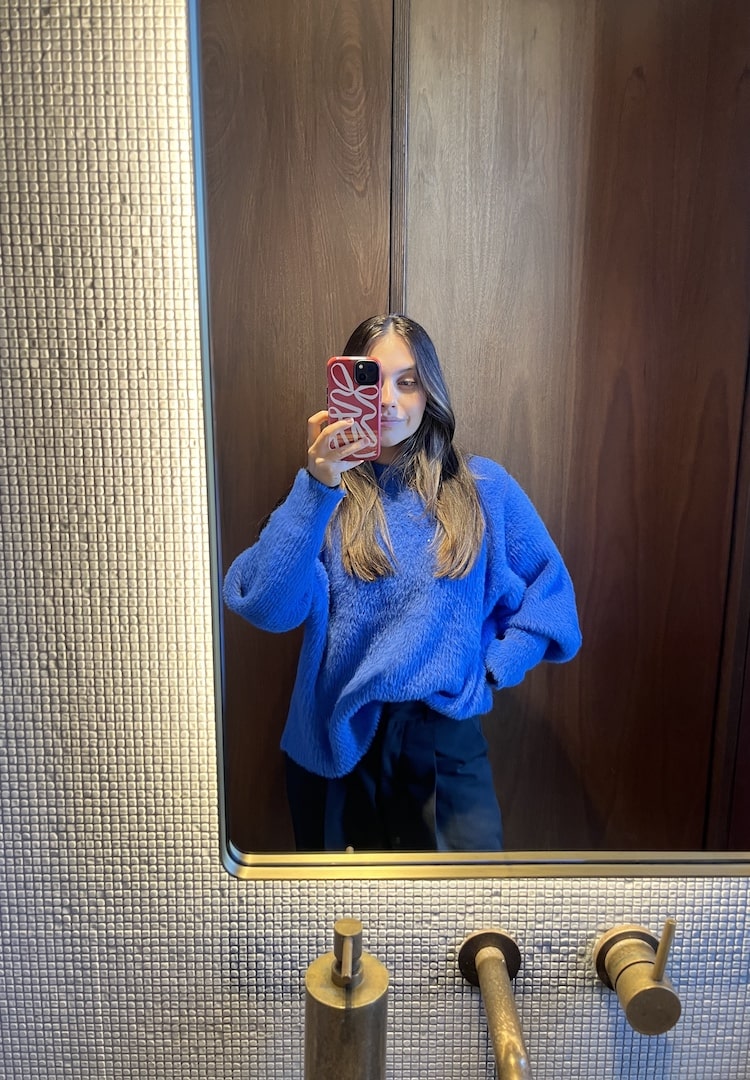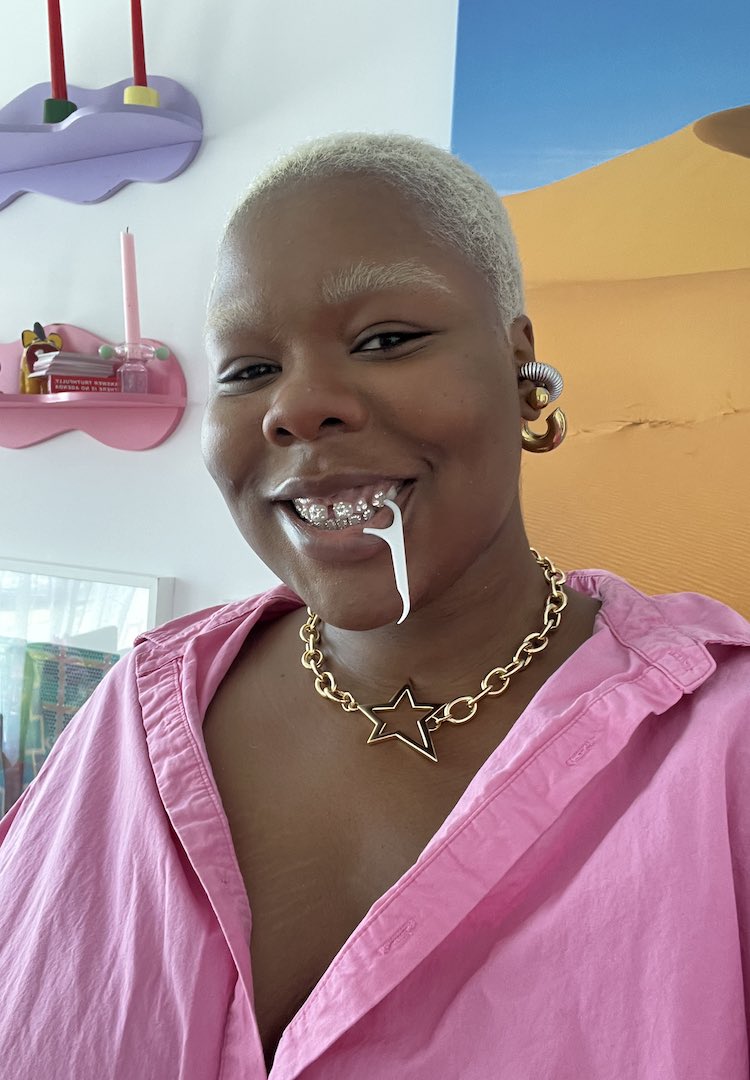An investigation into the importance of primer
Not to prime is a crime.
Primer has never quite gotten the rep it deserves. We know it has a purpose, but most of us can probably agree that its rep centres somewhere around a non-necessary ‘extra’ in the makeup bag.
But Napoleon Perdis has long been telling us that primer is key. And when we discovered a bottle of his Auto Pilot primer is sold every three minutes, we kind of figured we’ve been missing something. Global makeup artist for Napoleon Perdis, Shev Kelly, set the record straight.
So, a little birdy told us your Auto Pilot primer is sold every three minutes. What makes this primer so popular?
Not to Prime is a Crime! Whether you are a makeup minimalist or prefer a more dramatic look, it’s important to prime the skin to ensure your makeup glides on easily and looks fresh all day. The reason Auto Pilot Pre-Foundation Skin Primer is the number one seller is because it really does smooth out your skin’s texture and makes your makeup last longer. Plus, it’s loaded with skin-loving ingredients like vitamin E, chamomile and yarrow extract, which act to soothe and hydrate the skin, creating the smoothest possible landing for your foundation.
NP has so many types of primers, are they all that different? What’s the key to choosing one for your skin?
The Napoleon Perdis Auto Pilot collection is designed to have something for all skin types and concerns – from lacklustre skin to redness, visible pores and shine control.
To choose the primer that’s right for you, think about your skin type and concerns. This will help to identify what you’re counteracting or enhancing. For example, normal skin that doesn’t require anything other than locking in your makeup, could simply use the original formula. If you need to put the bounce back into your skin, you may opt for the radiance-boosting formula. If your skin is on the oily/shiny side or visible pores are a concern, a mattifying primer is the perfect choice.
Your skin can also change with the seasons, as we age and as a result of a particular medication or even pregnancy. It’s important to update your primer when you notice your skin’s needs have changed.
You’ve seen a big rise in the popularity of colour-correcting primers. Why is this? Does colour correcting mean we can ditch concealer?
Colour correcting primers are fab because they counteract things like redness and sallowness, and can be worn with or without makeup. They provide such a quick and easy solution to even out and brighten skin tone, or even boost your bronze-appeal. The colour tint in these formulas is sheer, so it will counteract your concern, but doesn’t require a thick layer of foundation over the top to then cover the colour. Pending the level of discolouration in your skin, a colour correcting primer may do all the work for you – meaning you might not actually need to use foundation or concealer. However, keep in mind the sheer nature of the tint won’t cover larger blemishes and spots.
Are some primers better suited some skin types? Any tips on what primer to buy for dry skin as opposed to oily skin etc.
The great thing about the Auto Pilot collection is that the formulas have hidden secrets like hydrating and skin conditioning ingredients, so they can double as a moisturiser and a primer. This is great for oily skin that only needs light nourishment.
Dry skin might need to rely on more than a primer for optimal nourishment, so this is where the use of a serum or moisturiser before your primer will benefit your routine.
The good thing is that primers can be isolated to specific areas of the face, so you can use different primers for different concerns only where needed. As a general rule, normal skin can use just about anything pending the preferred finish of your skin. Oily skin should look for mattifying formulas and dry/dehydrated skin should look for radiance-boosting or hydrating formulas.
What’s the most effective way to apply primer?
Makeup is art and you can really do what works for you. To be honest, I actually use multiple methods. I love to use my hands when I’m creating a really natural, minimal look and want the skin to look clean and fresh. I can really mould the product onto the skin with my fingertips. I like using a sponge when I need to buff the product into the skin, especially on more dry or dehydrated textures. The times where I pick up my brush is when I want a no-mess, no-fuss application and the smooth finish a brush provides.
Are there any misconceptions about primer?
The biggest myth is that those with an oily/shiny complexion don’t need a primer. Primers work for everyone, it’s all about choosing the right formula for your skin type and needs!
What’s the biggest mistake people make when it comes to primer?
This one’s easy… Not to Prime is a Crime!

